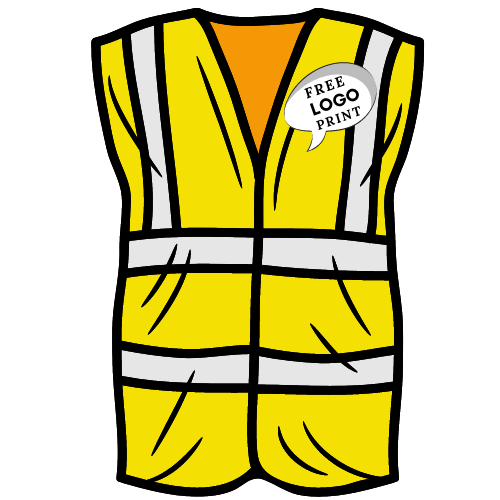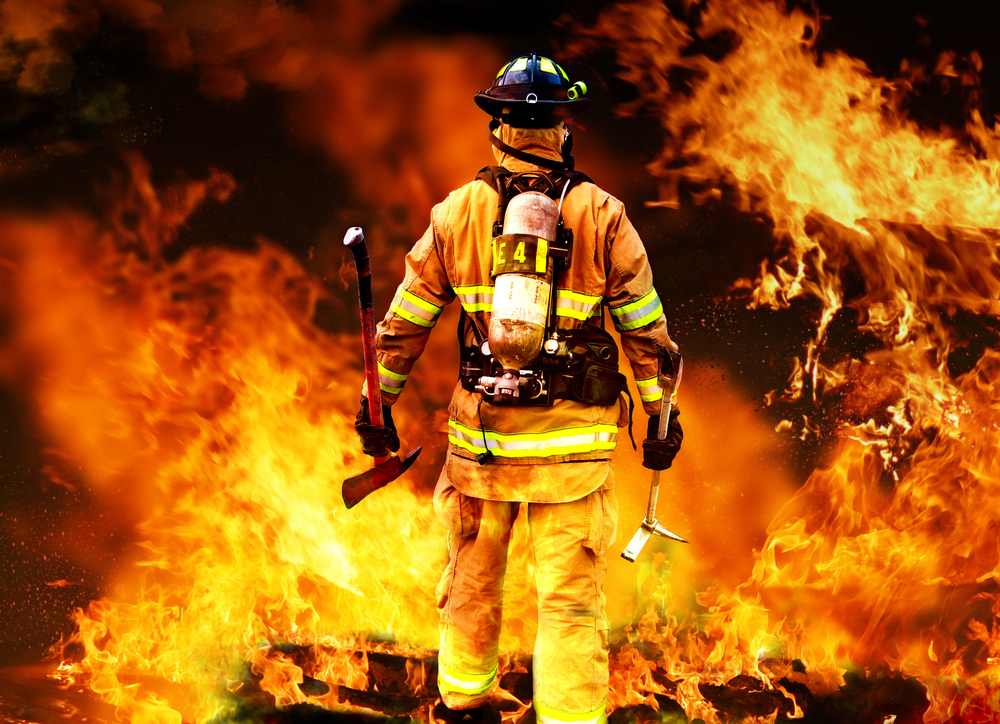|
Getting your Trinity Audio player ready...
|
What is fire resistant clothing?
Fire-resistant clothing, abbreviated as FRC, is a customized uniform used to protect the worker from the potential risks of fire and thermal exposure. This type of uniform is worn with a specialized tool kit according to the industry or manufacturer need for safety to counter the hazard associated with it. The FRC also falls in the category of personal protective equipment (PPE) and is dedicated to the sector that deals with heat and fire-related jobs.
The fire-resistant uniform is essential when your job involves the chance of flash fire, extreme temperature, electric shocks, heat splatters or arc flash hazards. The FRC uniform with the appropriate gears keeps the worker safe and provide a protective layer that can minimize the dangers of burns and injury.
Before we get into the details of FRC requirements, types, industry and standards, we need to know the type of damage from which this uniform can save you.
Difference between fire resistant and fire retarded
On the account of the FRC kit, these are the technical terms of reference that you came across while selecting a uniform for your firm. The hazards we mentioned above are designed after understanding the difference between flame resistant and fire retardant. Let us see what these terms mean and how they help us understand fire-resistant clothing better.
Fire/Flame-resistant (FR)
The flame-resistant fabric material is made of non-flammable fibres, inherently. Such materials are chemically structured and naturally resistant to flames. The quality of such material is that even if they catch fire, they burn very slowly and will self-extinguish to stop the spread of fire further.
Fire/Flame-retardant (FR)
The flame retardant clothing material is non-FR fabric, and after a particular chemical procedure, it attains the quality of fire-resistant inherent nature. As a result of this chemical treatment, the clothing shows the quality of self-extinguishing and slow-burning. There are international standards to comply with to produce this FRC raw material for fire and thermal protection. Cotton is the most used baseline fabric used to make FRC.
Read More: Fire Retardant Fabric: Everything You Need To Know About!
WORKWEAR FREE*
LOGO PRINT

Types of FR Clothing (kit)
The types of Fire-resistant uniforms can be categories on the basis of these generic aspects, which includes weight of the uniform, level of protection, design of the garment. The technical requirement to get the right specifications for your FRC design has to fulfil the protection standards for a manufacturing or industrial job type and hazard evaluation. The outlook or design look and feel mainly depend on the garment we need as a baseline cloth.
The Fire-resistant clothing is worn by the workers who are constantly exposed to heat is known as primary or secondary protection layers. Where the exposure is partial, the workers carry only one layer of FRC over their normal garments.
Garments like overalls, high-visibility garments including jackets, bomber jackets, and coveralls provide the wearer with extensive protection from potential hazards. Special kit items, such as balaclavas, face mufflers, and lab coats, are also recommended for professionals working in niche areas.
Which industries need the FR Uniform
The industries involved with the jobs related to Oil & Gas, utility workers, welding and cutting, power industry and electrical work are the few which will require the FRC of different types as per the degree of exposure to flame and arc flash scenario.
The Flame-resistant clothing is not fireproof, this need to be understood by the employers and workers and must be instructed to avoid wearing synthetic garments underneath. Underwear, t-shirts, skinny pants and other items made of synthetic material can cause serious injury as they will melt on the skin and the damage can multiply on the flame exposure and the cloths can catch fire.
Also Read: Workwear Types: for Different Professions (2021)
Standards to Follow for Fire-Resistant Uniform
The FRC clothing selection is very crucial, one should definitely follow the PPE standards. The responsible way to make sure that FR clothing is as safe as possible, to select the garment based on standards given by the safety and regulatory body.
The lowest arc rating for HRC1 is 4, HRC2 is 8, HRC3 is 25, and HRC4 is 40. Creating multiple layers is another way to secure the worker from potential injury or burn, assuming that the second layer will help to stop the burn by slowing it down.
Another important thing to remember is that Flame-resistant clothing won’t protect against explosive thrusts, projectiles, and other hazards professionals may encounter while at work. If there is an expected scenario where one can foresee the expanse of hazard, the additional PPE should be available to back up the situation.
Also Read: Your Guide To Australian PPE Standards & Requirements
Finishing Line
The importance of Fire-resistant Clothing and kit is extremely essential as it is a matter of security of a worker at your site. To select the appropriate FRC you have to follow the standards of safety, get your manufacturing license and comply with the regulatory body to ensure the protection of the worker. For each type of hazard or potential arc flash, there is a different requirement of protection for the worker who is exposed to the situation. It is a matter of high responsibility to protect your workforce and put their safety prime in the hierarchy of the system.
More Suggested Reads:
-

Meet Lisa John, a dynamic Content Manager and Marketing Professional at Garment Printing Group. With three years of industry experience, Lisa excels in crafting compelling narratives that not only illuminate the vibrant world of garment printing but also drive engagement and growth.
View all posts




